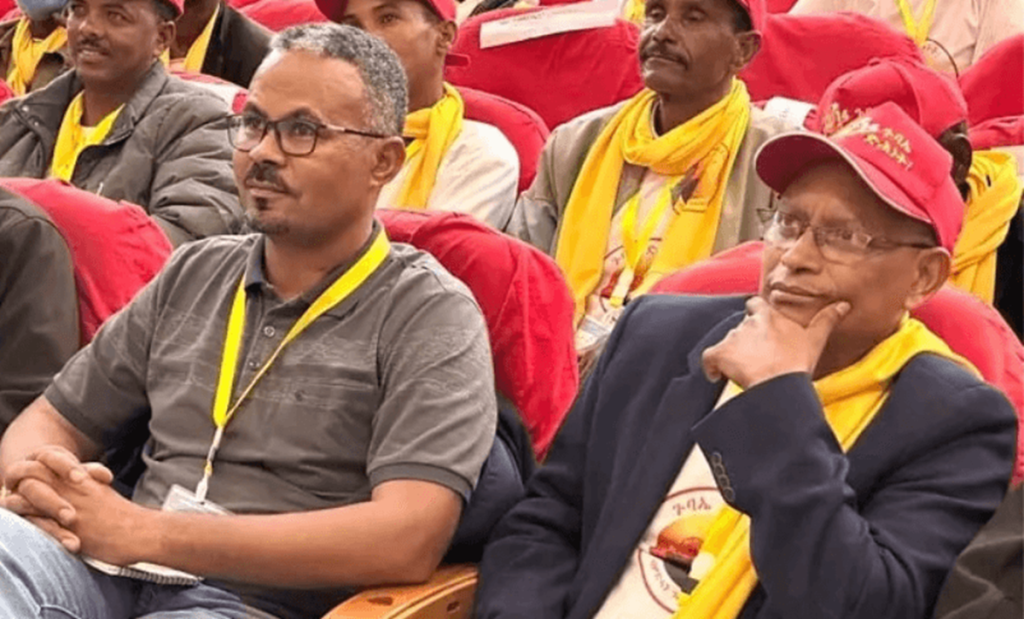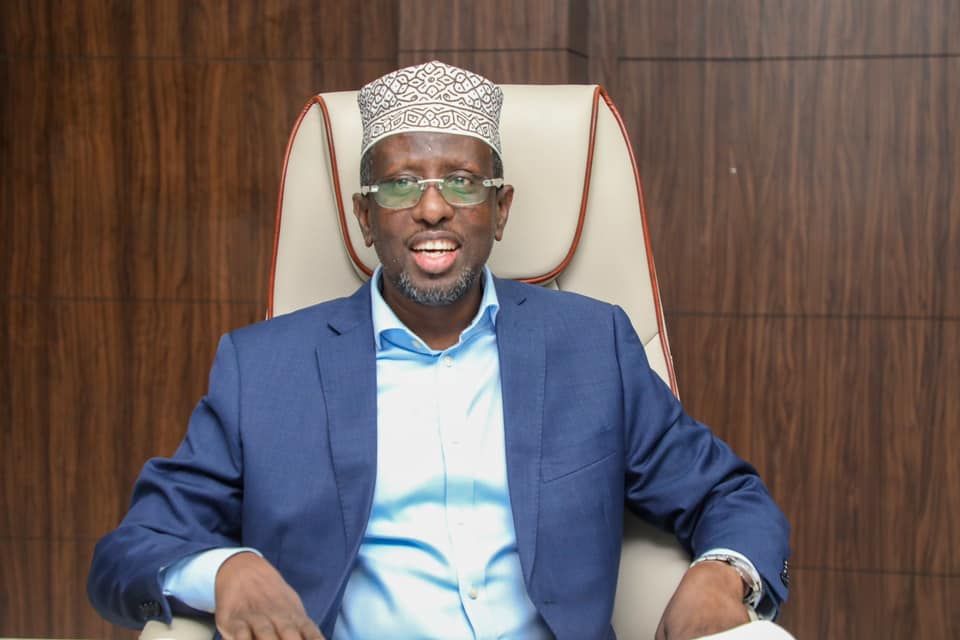Maputo — Over the past decade the number of Mozambicans living below the poverty line increased, and now accounts for much more than half the population.
The number of people living in poverty has risen from 46.1 per cent of the population in 2015 to more than 65 per cent now.
This frightening statistic does not come from anyone with an axe to grind against the ruling Frelimo Party. The figures are provided by the government itself. They come from the National Development Strategy (ENDE), for the period 2025-2044, which the Council of Ministers (Cabinet) approved last week.
This is the first time that the government has publicly acknowledged that it is losing the fight against poverty, and that the number of people living below the poverty line, far from declining, has sharply increased.
The government’s estimates show an increase in “consumption poverty’ from 46.1 per cent in 2014/15 to 68.2 per cent in 2019/2020, followed by a slight decline, to 65 per cent, in 2022.
ENDE sets a target of reducing the number of people living below the poverty line to 27.7 per cent in the next 20 years.
In the early years of the 21st century, the number of poor people in Mozambique declined substantially. So why has this trend suddenly gone into reverse?
ENDE does not blame the government for the collapse – instead it seeks desperately for causes that are beyond government control, citing “various adverse events that have had a negative influence on the country, notably climatic events such as Cyclones Idai and Kenneth, which significantly affected the life of the population, causing heavy economic and social damage, together with the increase in food prices, climate shocks that affected household agricultural production and the transport sector, and the situation of terrorism in the north of the country’.
But it is dishonest to blame the rise in poverty on cyclones and terrorists. The two cyclones mentioned both occurred in 2019, and the outbreak of islamist terrorism in 2017, affected just one province, Cabo Delgado in the far north.
But the increase in poverty can be dated to 2016 – to be more precise, to April 2016, which was when the scale of the scandal of Mozambique’s “hidden debts’ became publicly known.
The term “hidden debts’ refers to the enormous loans, totaling over two billion US dollars, which three fraudulent, state-owned companies run by the security service SISE, namely Proindicus, Ematum (Mozambique Tuna Company) and MAM (Mozambique Asset Management), obtained from the banks Credit Suise and VTB of Russia.
The loans were only possible because the government of the day, under the then President Armando Guebuza provided state guarantees for the full amount of the loans. The guarantees, signed by Guebuza’s finance minister, Manuel Chang, were illegal since they smashed through the ceiling on loan guarantees set by the 2013 and 2014 budget laws.
Predictably, the three companies could not repay the loans and soon went bankrupt, leaving the Mozambican state liable for the full amount. Thus hidden loans became hidden debts.
The International Monetary Fund (IMF) accused the government of lying about the true extent of the country’s foreign debt, and in April 2016 suspended its programme with Mozambique. The 14 donors who provided some of their aid to Mozambique in the form of direct budget support suspended all further disbursements.
The loss of this foreign aid in 2016 cost Mozambique 831 million dollars, in comparison with 2015, and these losses have continued to cascade down the years.
The Mozambican currency, the metical, stared into the abyss. It fell from around 30 meticais to the US dollar in 2015 to 65 meticais to the dollar by 2017. Only tough monetary interventions by the Bank of Mozambique, drastically increasing interest rates, saved the metical from further collapse, and the exchange rate is now stable.
ENDE does not mention the “hidden debts’ as such, but includes among the “adverse shocks’ the “abrupt withdrawal of the General Budget Support international partners’. This, it said, “significantly affected the financing and implementation of programmes. As a result, it led to a reduction in the financial resources for development projects, to the need to re-orient policies and to increase dependence on limited domestic resources’.
It did not explain that this withdrawal, far from being an irrational bolt from the blue, resulted from the discovery by the IMF and other partners that the government had tried to conceal loans of some two billion dollars.
ENDE effectively confirms a detailed study published in May 2021 by the anti-corruption NGO, the Centre for Public Integrity (CIP), which calculated that the debts had already cost the country at least 11 billion dollars, and had plunged an additional two million people into poverty.
The CIP report put the direct cost of the corrupt loans, up to and including 2019, at 674.2 million dollars, in payment of interest and capital. If Mozambique were obliged to go on servicing the debts, there would be an additional 3.93 billion dollars to pay up to 2031.
But the indirect costs of the scandal were much higher. The secrecy and corruption surrounding the loans dealt devastating blows to Mozambique’s credibility and reputation from which it has not yet recovered.
The CIP report notes that “When rumours about hidden loans began to circulate, Mozambican ministers lied to the IMF and ambassadors of Mozambique’s development partners, denying the existence of any loans. When the Wall Street Journal revealed the hidden debt in April 2016, the anger was extreme. Donors and lenders had kept the country afloat, and they pulled the plug’.
It was this, rather than cyclone and jihadists, which was the root cause of the sharp rise in poverty.
The CIP report noted that the financial crisis meant that “the government became unable to pay its bills, there was a major currency devaluation, foreign debt became unpayable, the economy slowed down sharply, real GDP per capita fell, unemployment soared and poverty increased’.
The report puts a figure on this damage. It calculates the fall in the value of Mozambique’s GDP at 10.7 billion dollars between 2015 and 2019.
The report noted that “the sudden rise in inflation in 2016 and rising prices drove 2.6 million people below the threshold of consumption-based poverty’. It estimates that, because of the hidden debt scandal, at least 1.9 million people had fallen below the consumption-based poverty line by 2019.










